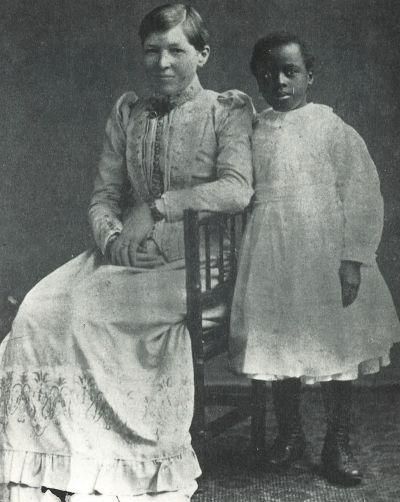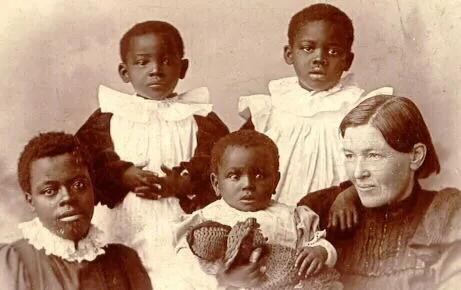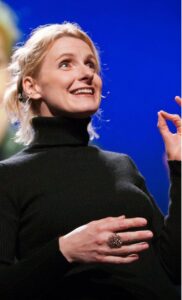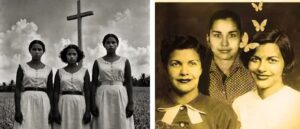The late 19th century in parts of Nigeria was a time shrouded in deep-rooted superstitions, particularly concerning fertility and childbirth. Among several ethnic groups in Southern Nigeria, including the Efik, Ibibio, and Igbo people, the birth of twins was not celebrated but feared. Twins were thought to be a bad omen, signaling the presence of evil spirits. Some believed one twin was a spirit child sent to bring misfortune upon the family, while others thought twins could open a gateway for malevolent forces to enter the community, leading to disaster, disease, or death. As a result, twins were often killed or abandoned, left to be consumed by wild animals. Mothers who bore twins were considered cursed, frequently ostracized or forced to flee their villages.
To our modern sensibilities, it is challenging to grasp the fear that gripped families at the birth of twins. Yet, these superstitions were deeply embedded in the cultural and spiritual fabric of the time. The killing of twins was not seen as an act of cruelty but as a necessary ritual to maintain spiritual and social balance. This practice, steeped in fear and misunderstanding, was perpetuated for generations without question. It was a harmful traditional practice rooted in misconceptions about fertility and the sanctity of life.
An Unlikely Heroine Emerges
In 1876, a woman arrived who dared to challenge this dark custom, linking her mission to a broader understanding of fertility and the value of every child. Mary Slessor was born in Aberdeen, Scotland, in 1848. Despite a difficult upbringing, she was a compassionate and strong-willed individual. At just 28 years old, she arrived in Calabar, Nigeria, as a missionary sent by the United Presbyterian Church. She was met with a culture that seemed unforgiving and cruel, especially towards mothers and their newborn twins.
Mary did not just preach against the practice of killing twins; she took direct action. Understanding the importance of fertility and the pain of mothers forced to abandon their children, she began adopting abandoned twins, raising them herself. By caring for these children, she aimed to prove to the community that twins were neither cursed nor dangerous. She also offered protection and support to the mothers, who were often as much victims of these superstitions as their children.

Mary Slessor with one of the adopted twins
One of her first adopted twins was a baby girl left to die in the bush. Mary named her Janie, and this tiny child became living proof that twins were not to be feared. Over the years, her home filled with children who had been left to die under similar circumstances. Mary became known as the “White Mother,” opening her doors and her heart to the most vulnerable. She immersed herself in the local culture, learning the language, eating the local food, and dressing like those around her. This earned her respect and trust, crucial for the work she was doing to change perceptions about fertility and childbearing.
Challenges and Setbacks
Mary Slessor’s life in Nigeria was fraught with challenges. She faced tropical diseases, the harsh realities of living far from home, and the dangers inherent in confronting deeply held beliefs. At times, she battled malaria and exhaustion but remained undeterred. Her work often put her in perilous situations, especially when mediating tribal conflicts or confronting hostile attitudes. Yet, she continued, driven by a conviction that every life mattered and that harmful practices surrounding fertility and childbirth could be changed.
A Legacy Intertwined with Fertility Awareness
By the time of her death in 1915, Mary Slessor had spent nearly 40 years living among the Nigerian people, working to save countless lives. Her efforts successfully ended the widespread practice of twin killing in many areas. Beyond this, she advanced women’s rights, settled disputes, and cared for the sick and needy. Her legacy is a testament to how challenging harmful traditional practices can lead to a greater appreciation of fertility and the protection of children.
Contemporary Reflections: Ongoing Harmful Practices
Despite the progress made since Mary Slessor’s time, harmful cultural beliefs that endanger children persist in some areas. Accusations of witchcraft against children remain a troubling issue, particularly in parts of Africa. Children are sometimes blamed for misfortunes within families or communities, leading to abuse, abandonment, or even death. These beliefs often stem from superstitions and a lack of understanding about illnesses, developmental disorders, or societal changes.
According to UNICEF, The level of violence against children in Africa is alarming and it continues to rise. One category of violence against children that is seldom talked about is that of witchcraft accusations and ritual attacks. These forms of violence encompass a range of violations, including accusing children of witchcraft; the ritualized killing of children; mutilation to harvest body parts for magical medicines; infanticide; and mistreating children in the belief they need saving from evil spirits. This has to stop and children need to be protected.
Organisations and activists are working tirelessly to eradicate these practices, much like Mary did over a century ago. They emphasise education, community engagement, and the promotion of children’s rights to combat the stigmas associated with these harmful beliefs. There is a pressing need for more to be done to protect vulnerable children from abuse rooted in outdated superstitions.
Moving Forward: Protecting Children
The journey from the dark days of twin killings to the present highlights how far we have come in addressing harmful traditional practices that affect women and children. Mary Slessor’s story serves as an inspiration, reminding us that change is possible when we challenge misconceptions and advocate for the vulnerable.
However, the work is not finished. To truly honour her legacy, we must continue to combat harmful cultural beliefs that promote child abuse. By promoting education, raising awareness about fertility issues, and supporting initiatives that protect children, we can build on the progress made and ensure that all children are valued and protected.
In reflecting on Mary Slessor’s impact, we are reminded that one person’s determination can ignite significant change. By linking past efforts to current challenges, we recognise the importance of ongoing advocacy in eradicating harmful practices. Protecting fertility and safeguarding the well-being of children is a collective responsibility, one that requires compassion, understanding, and action from us all







